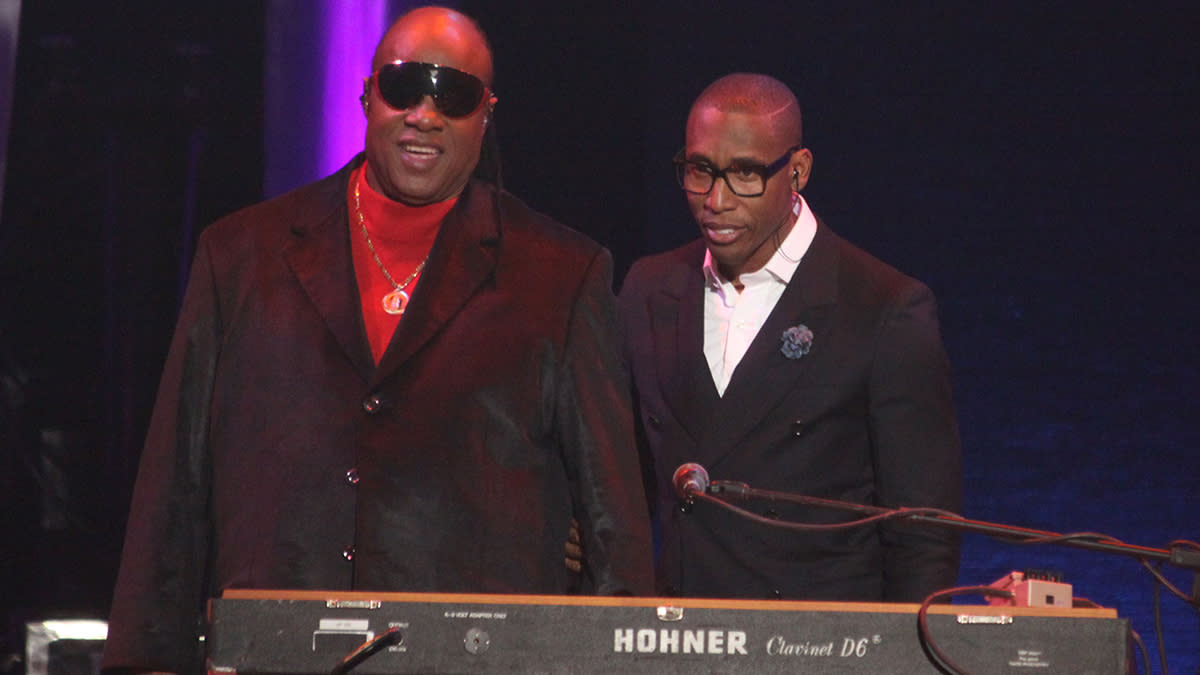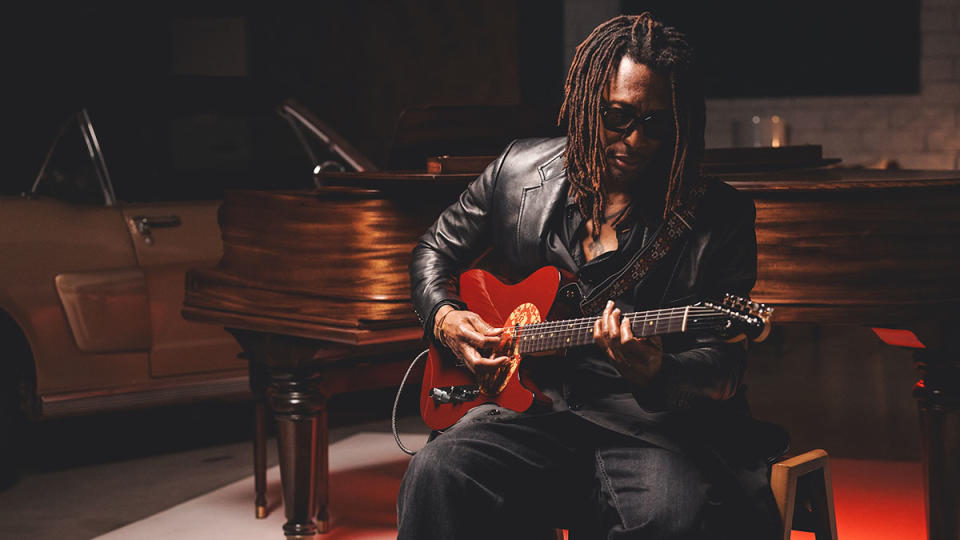"Stevie Wonder said I needed to do 5 hours a day to get good at piano": Beyoncé producer Raphael Saadiq

Whether as a producer, player, songwriter or performer, Raphael Saadiq’s DNA runs through the past 30 years of soul music. From his seminal collaborations with D’Angelo through to a prominent role on Beyoncé’s Renaissance and Cowboy Carter albums, his involvement in a project has become a mark of quality, and he’s also released a string of critically acclaimed solo records.
No wonder, then, that Fender recently gave Saadiq his own signature Telecaster model, and he was happy to talk about not only that but also his considerable achievements in the studio with our sister website Guitar World.
“I’ve played a Tele on every record I’ve been on; I’ve always played Teles,” he says. “It ended up being a natural fit that worked out better than the Stratocaster for me. Obviously, I think the Stratocaster is a beast of a guitar, but they also make me play a little different... I just love Teles!”

Of his guitarist inspirations, Saadiq adds that “the one player I grew up listening to was Tony Maiden from [American funk group] Rufus. He was the first person I paid attention to who was playing a Tele.
“After that it was all about Prince, because he really loved Teles,” he continues. “You can hear that twang on songs like When You Were Mine. His tones would just bite you - it almost felt like a bass to me.
Speaking of the bass, Saadiq’s skills on this instrument were in play when he worked on Lady, a much-loved cut from D’Angelo’s definitive 1995 neo-soul album, Brown Sugar. This was their first collaboration, and the two men nailed the behind-the-beat groove right off the bat.
“Yeah, it was just me and D’Angelo, really,” Saadiq recalls. “We’d split the parts so I played drums and bass on Lady, with him on keyboards. We just fell into this groove with it, but without paying too much attention to how much we were behind.
“I guess we were sort of playing a game to see who could get the furthest behind without getting off beat. That was the game - but we never spoke about it or planned it. We were just feeling it out, laying back on the groove and the chords while staying locked in with the drums. It’s something we took from [producer/rapper] J Dilla, may he rest in peace.”
The pair made an even bigger splash in 2000, with D’Angelo’s Untitled (How Does It Feel). Saadiq co-wrote, co-produced and played bass and guitar on this occasion, and brought his talents to Bilal’s similarly sultry Soul Sista that same year.
After which he barely seems to have drawn breath, working on records by the likes of Angie Stone, Kelis, Jill Scott, Mos Def, John Legend, Kanye West and, of course, Beyoncé. Saadiq appears on Cuff It, a standout track from Rennaisance, and 16 Carriages, one of the recent lead singles from Cowboy Carter (among others).
“I think she’s looking for partners who are into music the same way she’s into it,” Saadiq says of the people that Beyonce works with (he’s also collaborated with Knowles’ younger sister, Solange). “There are a lot of great musicians and top-line writers in the organisation around her, working with her every day. It’s a great team.”
Prior to his recent collaborations, Saadiq had worked with Beyoncé when she and Stevie Wonder recorded a version of Luther Vandross’s So Amazing for a 2005 tribute album to the star, and it turns out that Stevie gave him some sound musical advice.
“Stevie is a legend,” says Saadiq. “He’s the guy who drops you great information about practising. He told me I needed to do five hours a day to get good at piano. You have to put the time in.
“Working with him always includes a lesson or two along the way. That’s what I love about working with him. He’s just one huge vibe - a great historian and musical mastermind. He carries so much information and he’s generous enough to share it all with somebody like me.
You can read the full interview with Raphael Saadiq on Guitar World.
